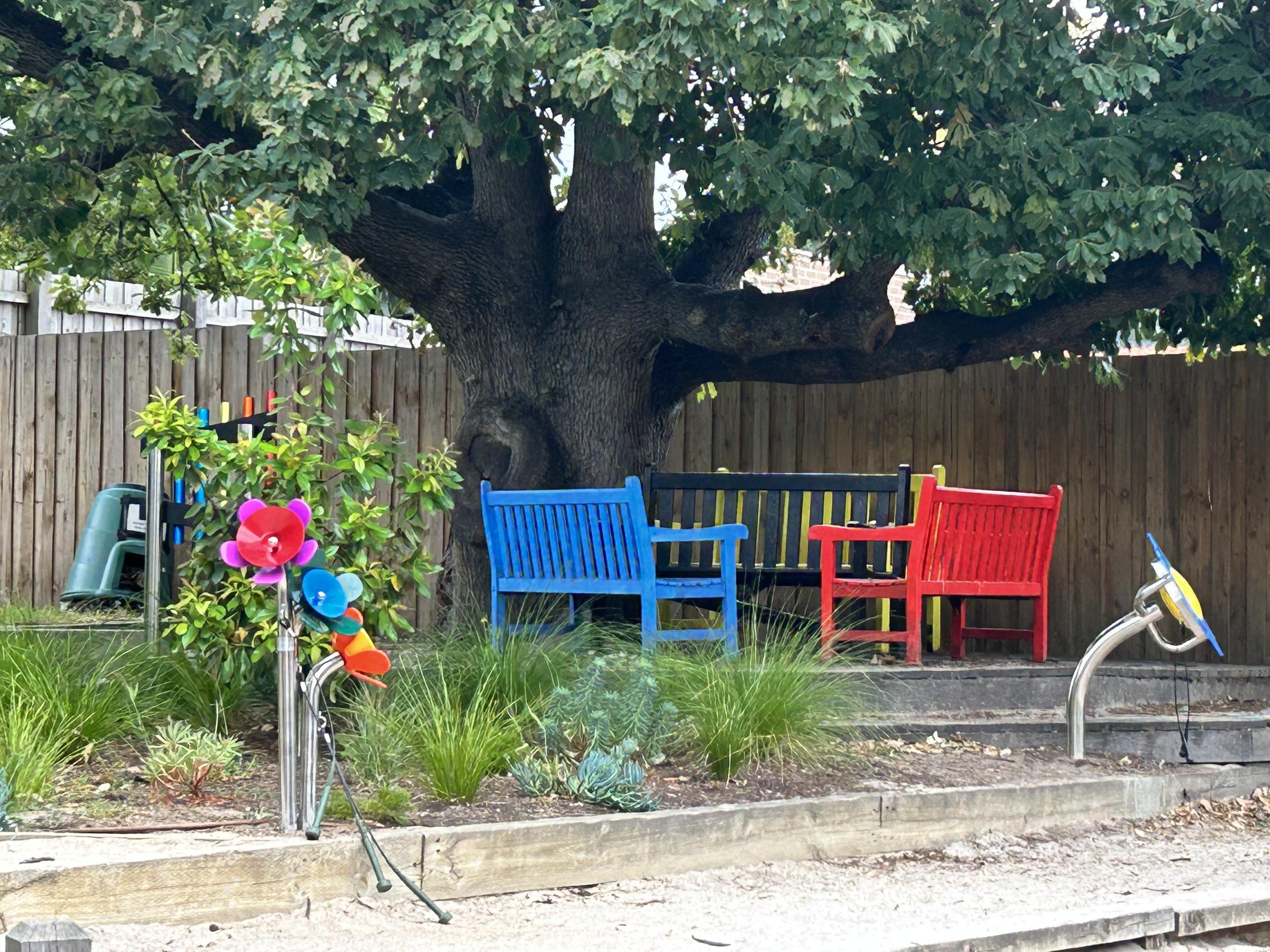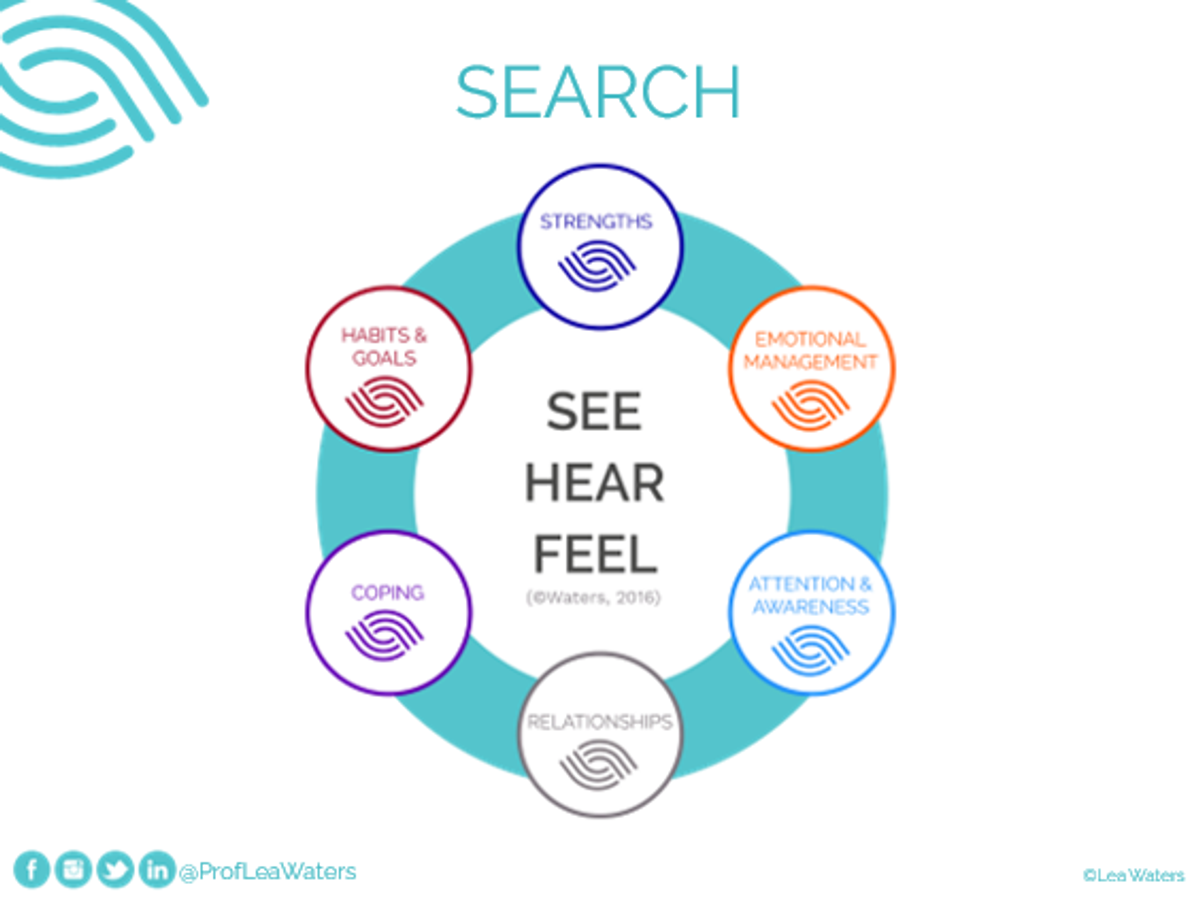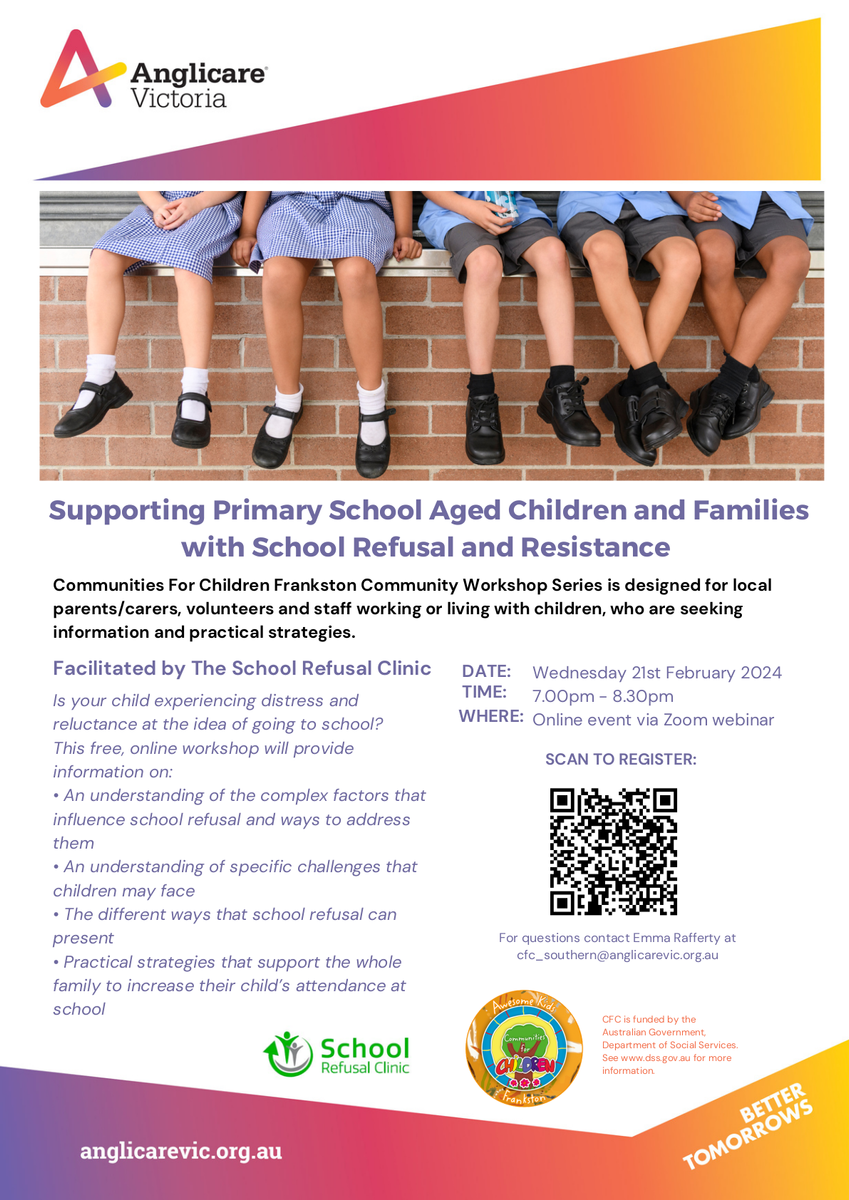Wellbeing
Amanda Howe | Assistant Principal

Wellbeing
Amanda Howe | Assistant Principal
In our commitment to improving staff and student wellbeing across the school, our staff recently began the journey of Visible Wellbeing training. The Visible Wellbeing approach aims to provide both students and staff with a psychological toolkit that allows them to lead flourishing lives where they are able to feel and function at their best. We discussed the current state of mental health and stress for young people, and learned about using the illbeing-wellbeing spectrum to self-inquire about our current state of mental health, and explored ways that other schools support their communities to boost their wellbeing. Families may be interested in joining in our wellbeing journey at home, by joining the parent information night featuring Professor Lea Waters, the designer of the Visible Wellbeing approach, on 29th February from 6:30 to 7:30. See the flyer in this newsletter for more information. We would love to see as many families as possible to promote mental health in all members of our community!


On 29th January, all staff attended a VWB training session with Lea Waters, where we learnt about the practice of making wellbeing visible to ourselves and those around us – through the “See Hear Feel” practice. “See Hear Feel” is a process of thinking and language use that clues us into the physical, visual and auditory signals that allow us insight into how we or other people may be feeling in the present moment. These insights allow us to make choices and act in ways that are more effective in increasing and maintaining higher levels of wellbeing. Staff have begun to implement the See Hear Feel practice in their classrooms and work spaces. If you’re interested in exploring this practice at home, you may like to try the See Hear Feel practice when watching television with your kids, and promoting discussion about how you know what characters in some of your favourite series are thinking and feeling!




During the first part of this term our students will be undertaking activities to promote the See Hear Feel process as they concurrently explore Emotional Literacy in the RRRR curriculum. All students will participate in a 50-minute session where they are explicitly taught these wellbeing concepts and then have opportunities during the week to practice these skills during class time.
The Wellbeing focus for the second part of the term will be Strengths (VWB) and Personal Strengths (RRRR). More information on the importance of knowing and playing to your strengths can be found here:
In 2016, Respectful Relationships education became a core component of the Victorian Curriculum from Foundation to Year 12. It is being taught in all Government schools across Victoria. A core element of this initiative is the Resilience, Rights and Respectful Relationships (RRRR) whole school based curriculum. At its core, RRRR is about embedding a culture of respect and equality across the school community which stretches from daily 1-1 interactions to more formalised schools based events. In classrooms our teachers facilitate Wellbeing lessons using age appropriate activities to support the teaching of the 8 topics which make up the RRRR Curriculum.
The topics are taught over the course of the academic year as seen below:
| Term 1 | Term 2 | Term 3 | Term 4 |
| Emotional Literacy | Positive Coping | Stress Management | Gender and Identity |
| Personal Strengths | Problem Solving | Help Seeking | Positive Gender Relationships |
Emotional Literacy
Emotional literacy can be defined as the ability to understand ourselves and other people. It includes the ability to understand, express and manage our own emotions, build empathy, and to respond appropriately to the emotions of others. Building a large vocabulary for emotions helps to increase emotional literacy and build self-awareness and empathy for others. Students learn to:
Personal Strengths
Personal strengths teaches students vocabulary to use when discussing their personal qualities and seeing those in others. It supports students to identify challenges within themselves and strategies for coping with these. Personal Strengths encourages students to find opportunities where they can utilise their strengths to positively contribute and benefit others.
Students learn to:
Additional information, support videos and previously conducted studies about RRRR can be found via: https://www.vic.gov.au/respectful-relationships
We have again registered with Happy Families, a website providing articles and webinars to support positive parenting for Primary and Secondary aged students. You can access these resources using our school login:
URL - https://schools.happyfamilies.com.au/login/hamps
Password - happyhamps
Here is an article which may be of interest:
When your child is worried
https://schools.happyfamilies.com.au/schools/insight/when-your-child-is-worried/
Webinar – Supporting Primary School Aged Children and Families with School Refusal and Resistance.
Facilitated by The School Refusal Clinic
Wednesday 21st February 2024
7-8:30 pm
Online event via Zoom
See the flyer below for more information

